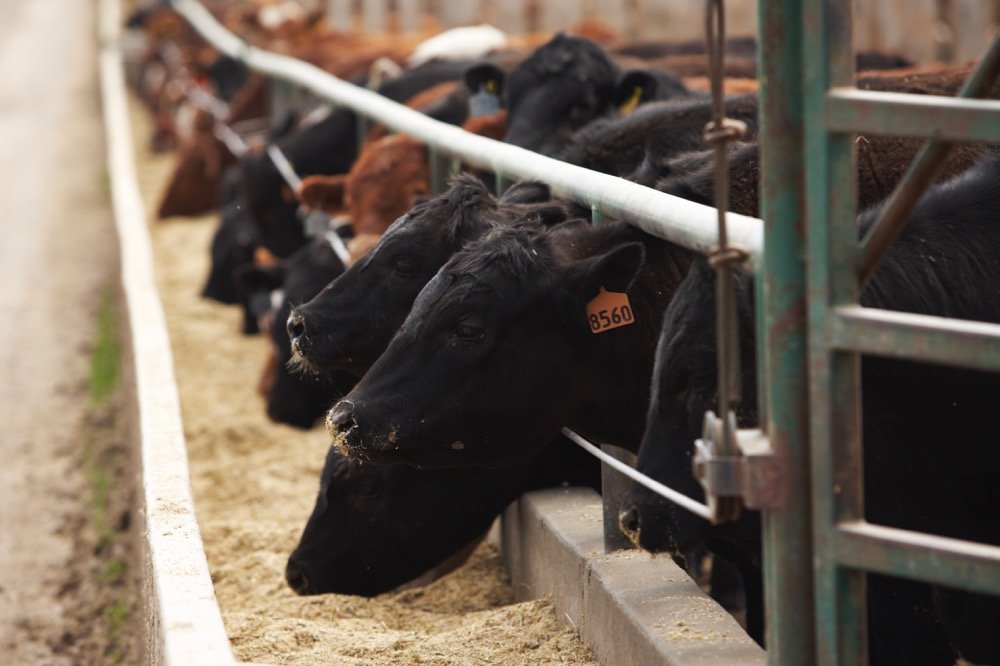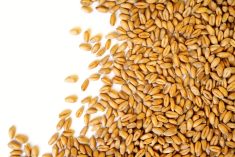MarketsFarm — Feed barley bids held firm through November in Western Canada, with higher prices for deferred delivery as feedlots work to secure supplies in the face of solid export demand.
Spot feed barley bids in the Lethbridge, Alta. area have held in the $270-$275 per tonne range through November, said Jim Beusekom of Market Place Commodities in the key feedlot alley city.
Meanwhile, prices for delivery in the late winter through the spring have strengthened into the $275-$290 area.
“The end user is trying to get some coverage for that time period,” Beusekom said. Solid export demand continues to cut into supplies, and domestic feeders are paying up to secure deliveries.
Read Also

U.S. grains: Soybeans touch 16-month high, wheat firm on Chinese demand hopes
Chicago soybean futures hit 16-month highs on Monday on expectations China will restart large-scale U.S. soy buying after the two countries reached a deal to de-escalate their trade war.
“The ones who want to use barley no matter what, are going out there and paying what they have to pay so they can make sure they have the supply,” he said.
While they may be paying up for deferred delivery, feeders are generally well covered for the time being.
Beusekom noted feed wheat was trading at a $5-$10 per tonne discount to barley for both spot delivery and into the spring. While he had yet to notice a major switch, “the option is there for feeders to cut back their barley usage and include some wheat in their ration.”
Corn is currently trading at around $285 per tonne into Lethbridge, with spring prices topping $300. Feedlots will switch to corn if barley prices get out of hand, “but at this point (corn) is still too much money,” Beusekom said.
Rising canola and pulse prices have given farmers many options for cash flow, limiting their willingness to sell feed grains to some extent.
While prices are firm for now, “the market will turn when people least expect it,” Beusekom said, noting much of the general strength in the market was linked to Chinese demand for commodities.
“They’re on and they’re off. Right now they’re on, but what happens when they’re off?”
— Phil Franz-Warkentin reports for MarketsFarm from Winnipeg.












